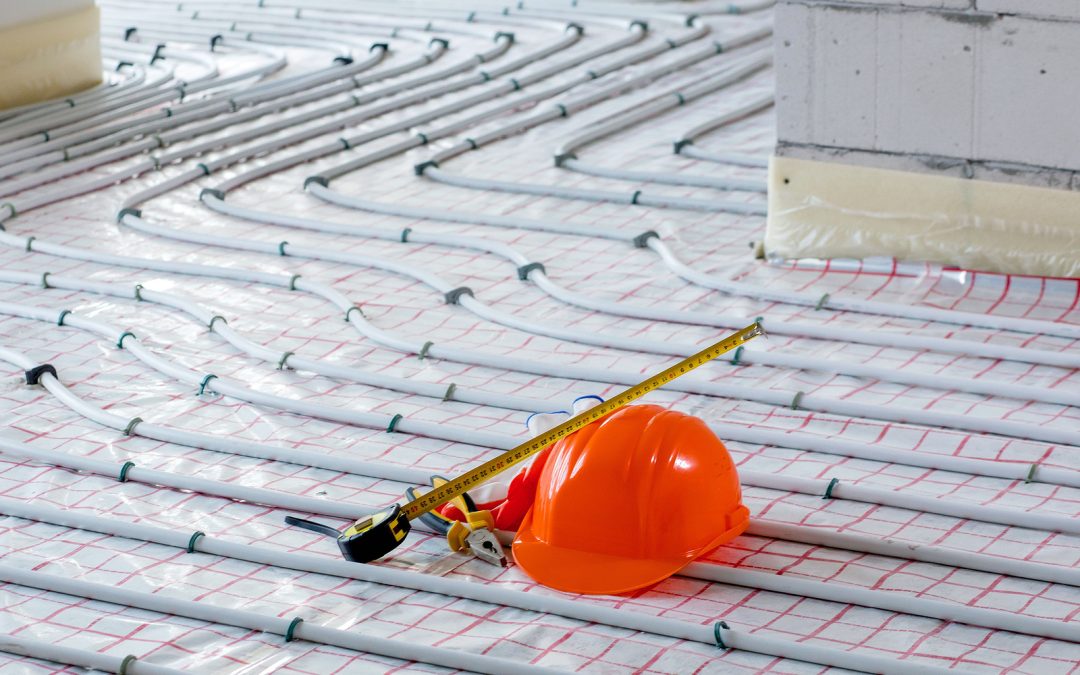The old saying ‘fix the roof while the sun is shining’ is one that may seem appropriate now as the summer has begun with plenty of warm weather, but the opposite part of the home is another place where this time of year is the best to have some work done.
Summer is an optimal season to change your heating because it means your existing system can be dismantled and then a new one fitted at a time when you won’t have to call on it, while it will be fully in place and functional by the time autumn comes and you need to make use of it.
Our underfloor electric heating installers can do just that to ensure you have a highly efficient system in place to keep your home wonderfully warm when the weather cools down again.
According to Checkatrade, the cost of installing electric underfloor heating as part of a home renovation is around £60-85 per sq m, with the typical 10 sqm home footprint costing £800.
The attraction of doing this is clear. Firstly, it is great for your feet when cold, as the warmth from under your feet means they won’t feel cold even on a frigid winter day. Also, because heat rises, it will be more efficient in ensuring that every part of the room is heated up, whereas using a radiator or fireplace can make some parts much hotter than others.
As Homebuilding and Renovating notes, these are not the only benefits of underfloor heating. It has a lower operating temperature than other heating systems, thus putting less stress on your boiler. It can also be used with renewable energy technology like heat pumps.
The initial installation cost may be pretty high, but underfloor heating is cheaper to run in the long run and also has a longer lifespan than radiators, so it is a great investment for the future.
In particular, the very fact that an underfloor heating system can run at a slightly lower temperature can make a significant dent in your energy bills, an important consideration just now. According to the Energy Saving Trust, a one per cent lower running temperature can knock ten per cent off the cost.
Of course, underfloor heating is not entirely without its downsides. But they mostly lie in the disruption involved in installing it. It will require the taking up of whole floors and in some cases, they may have to be raised to make room for the piping.
Also, the process does not just involve placing a network of pipes under the floor, as they have to be sealed in place in a kind of cement known as flow screed.
It is this disruption that makes the whole process one that needs to be undertaken when you can be out of the way more, which is, of course, much easier in summer when you can get outdoors a lot in the warm weather.
So if you want to get underfloor heating for your home, the time to do it is undoubtedly now.

